AWF Youth Wildlife and Conservation Art Contest
The Alabama Wildlife Federation (AWF) invited all K-12 students from public and private schools and from homeschool associations in Alabama to create artwork for our NEW educational outdoor learning station signs. There were 14 different categories, and the winner of each category will receive a $250 prize.
Also, the winning artwork may be incorporated into the design of the new educational signs. These signs will be displayed in the outdoor classrooms and schoolyard wildlife habitats at public and private K-12 schools across Alabama to help explain the educational and conservation purpose of the schools' gardens, wildlife habitat, and outdoor learning stations.
Please use the orange links below to learn all about the contest:
CATEGORIES
Category #1: Bat House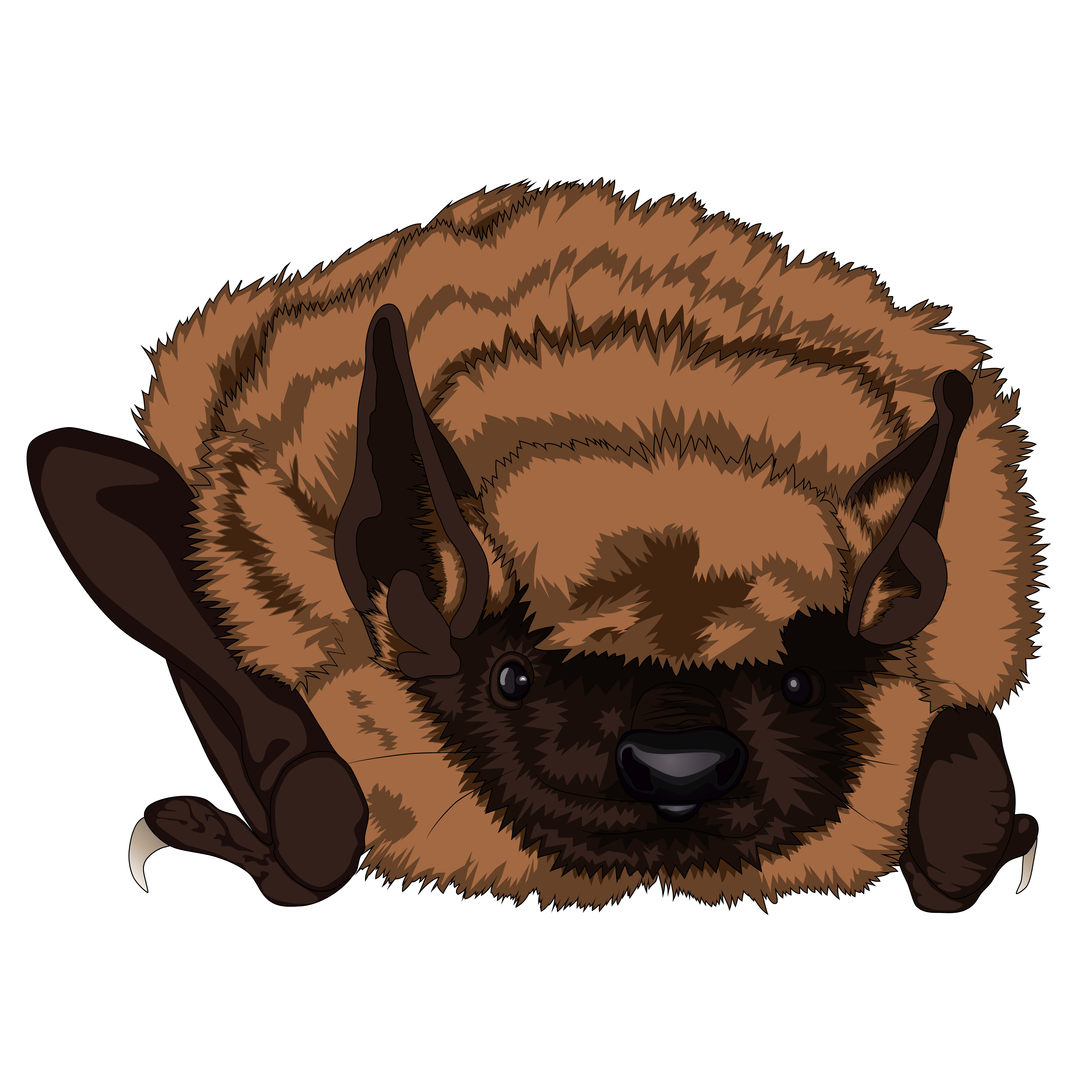
Entries in the Bat House sign category must include the following:
Use this Example Bat House Sign (PDF) as a guide for how your artwork may be incorporated into the final sign design, but do NOT use any of the images from the current sign in your artwork submissions. All artwork entries must be original art.
More information on these species and other native species can be found in AWF's Student Investigation: Wonders of Wildlife and in Outdoor Alabama's Watchable Wildlife: Bats webpage.
The following text is not required in artwork submissions, but keep in mind when creating your original art that this text will be included on the final Bat House sign design:
Category #2: Butterfly Garden
Entries in the Butterfly Garden category must include the following:
Use this Example Butterfly Garden Sign (PDF) as a guide for how your artwork may be incorporated into the final sign design, but do NOT use any of the images from the current sign in your artwork submissions. All artwork entries must be original art.
More information on these three specific butterfly species can be found on AWF's Wonders of Wildlife webpage.
The following text is not required in artwork submissions, but keep in mind when creating your original art that this text will be included on the final Butterfly Garden sign design:
Category #3: Compost Station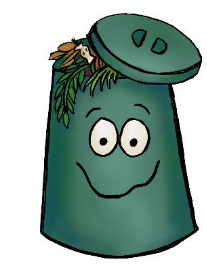
Entries in the Compost Station sign category must include the following:
Use this Example Compost Station Sign (PDF) as a guide for how your artwork may be incorporated into the final sign design, but do NOT use any of the images from the current sign in your artwork submissions. All artwork entries must be original art.
The following text is not required in artwork submissions, but keep in mind when creating your original art that this text will be included on the final Compost Station sign design:
Category #4: Dr. George Washington Carver Garden
Entries in the Dr. George Washington Carver Garden category must include the following:
Use this Example Dr. George Washington Carver Garden Sign (PDF) as a guide for how your artwork may be incorporated into the final sign design, but do NOT use any of the images from the current sign in your artwork submissions. All artwork entries must be original art.
The following text is not required in artwork submissions, but keep in mind when creating your original art that this text will be included on the final Dr. George Washington Carver Garden sign design:
Category #5: Frog & Toad Habitat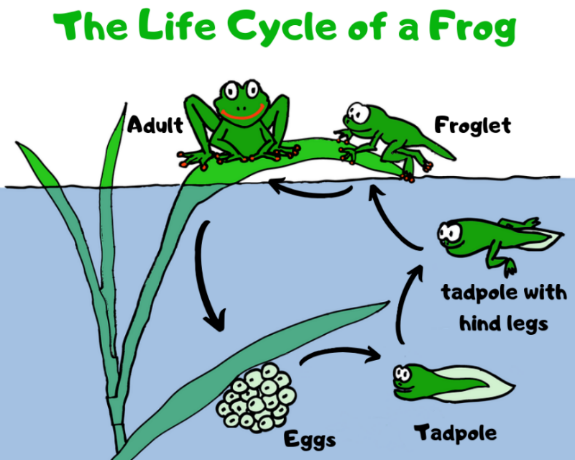
Entries in the Frog & Toad Habitat category must include the following:
Use this Example Frog & Toad Habitat Sign (PDF) as a guide for how your artwork may be incorporated into the final sign design, but do NOT use any of the images from the current sign in your artwork submissions. All artwork entries must be original art.
The following text is not required in artwork submissions, but keep in mind when creating your original art that this text will be included on the final Frog & Toad Habitat sign design:
Category #6: Log Decomposition Station
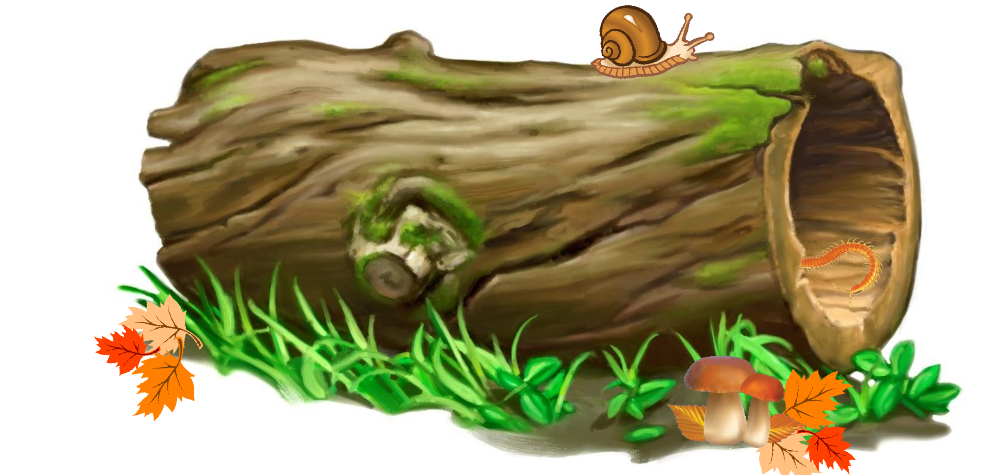
Entries in the Log Decomposition Station category must include the following:
Use this Example Log Decomposition Sign (PDF) as a guide for how your artwork may be incorporated into the final sign design, but do NOT use any of the images from the current sign in your artwork submissions. All artwork entries must be original art.
The following text is not required in artwork submissions, but keep in mind when creating your original art that this text will be included on the final Log Decomposition Station sign design:
Category #7: Pollinator Garden
Entries in the pollinator garden category must include the following: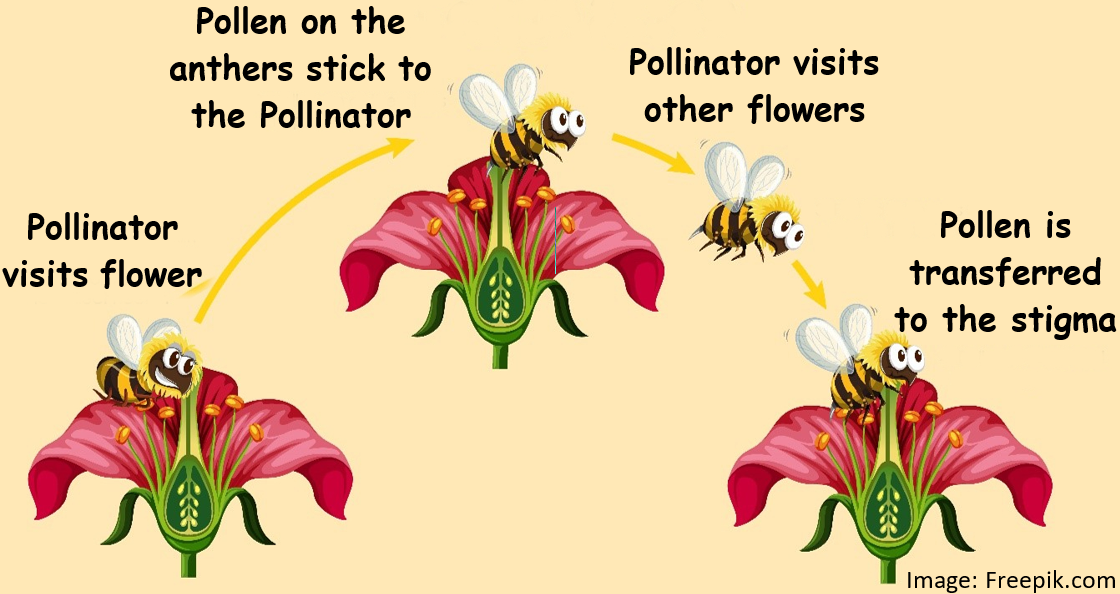
Use this Example Pollinator Garden Sign (PDF) as a guide for how your artwork may be incorporated into the final sign design, but do NOT use any of the images from the current sign in your artwork submissions. All artwork entries must be original art.
For more information about Alabama's pollinators, their habitat, and the pollination process, visit our Ecosystem Investigation: Pollinators and Their Habitat webpage.
The following text is not required in artwork submissions, but keep in mind when creating your original art that this text will be included on the final Pollinator Garden sign design:
Category #8: Sensory Garden
Entries in the sensory garden category must include the following:
Use this Example Sensory Garden sign (PDF) as a guide for how your artwork may be incorporated into the final sign design, but do NOT use any of the images from the current sign in your artwork submissions. All artwork entries must be original art. Try to be creative with how you represent the senses.
The following text is not required in artwork submissions, but keep in mind when creating your original art that this text will be included on the final Sensory Garden sign design:
Category #9: Songbird Habitat
Entries in the Songbird Habitat sign category must include the following: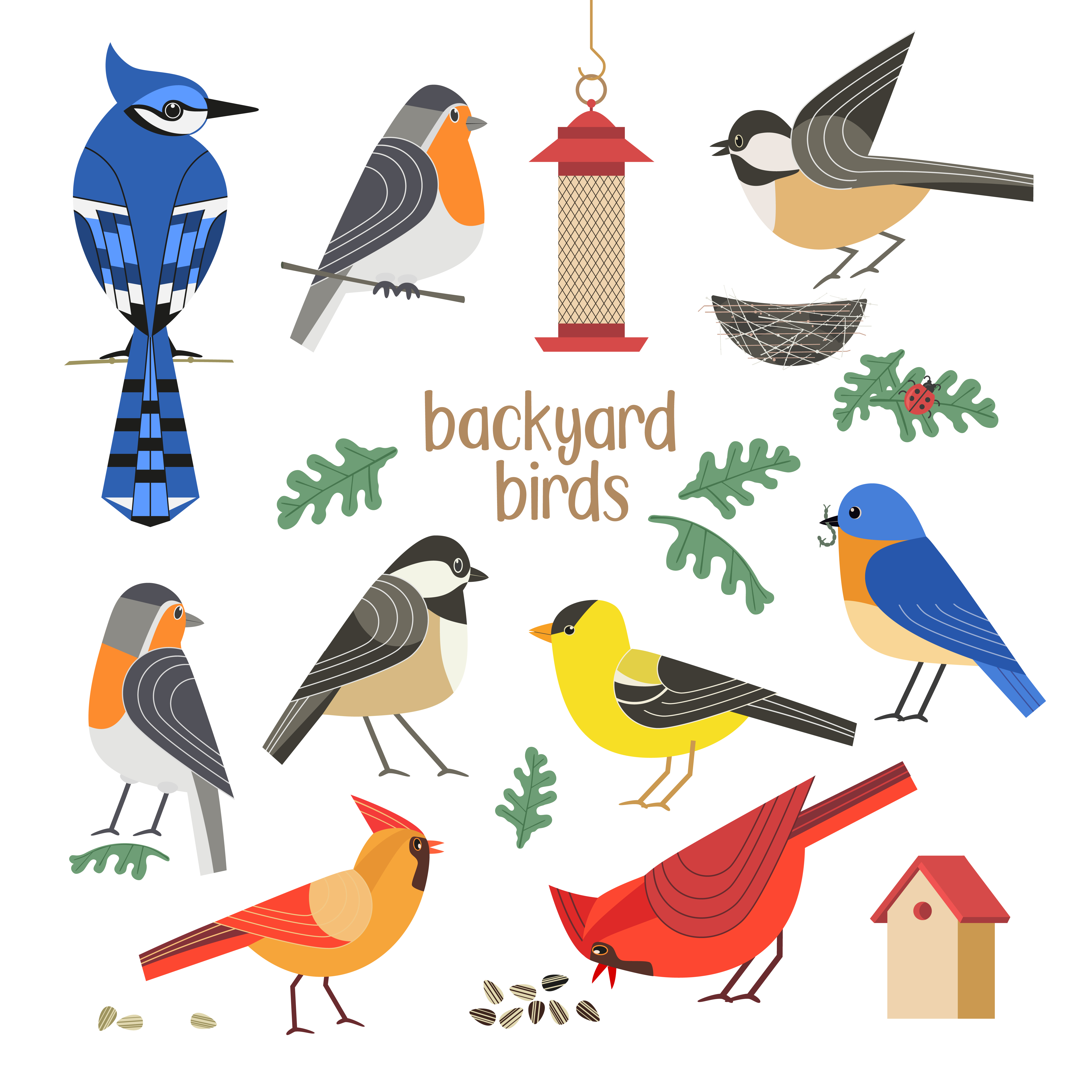
Use this Example Songbird Habitat Sign (PDF) as a guide for how your artwork may be incorporated into the final sign design, but do NOT use any of the images from the current sign in your artwork submissions. All artwork entries must be original art.
To learn more about native songbirds and their habitat needs, visit AWF's Ecosystem Investigation: Songbirds and Their Habitat webpage or visit Audobon's Guide to North American Birds (for the Southeast states).
The following text is not required in artwork submissions, but keep in mind when creating your original art that this text will be included on the final Songbird Habitat sign design:
Category #10: Sunflower Garden
Entries in the Sunflower Garden sign category must include the following: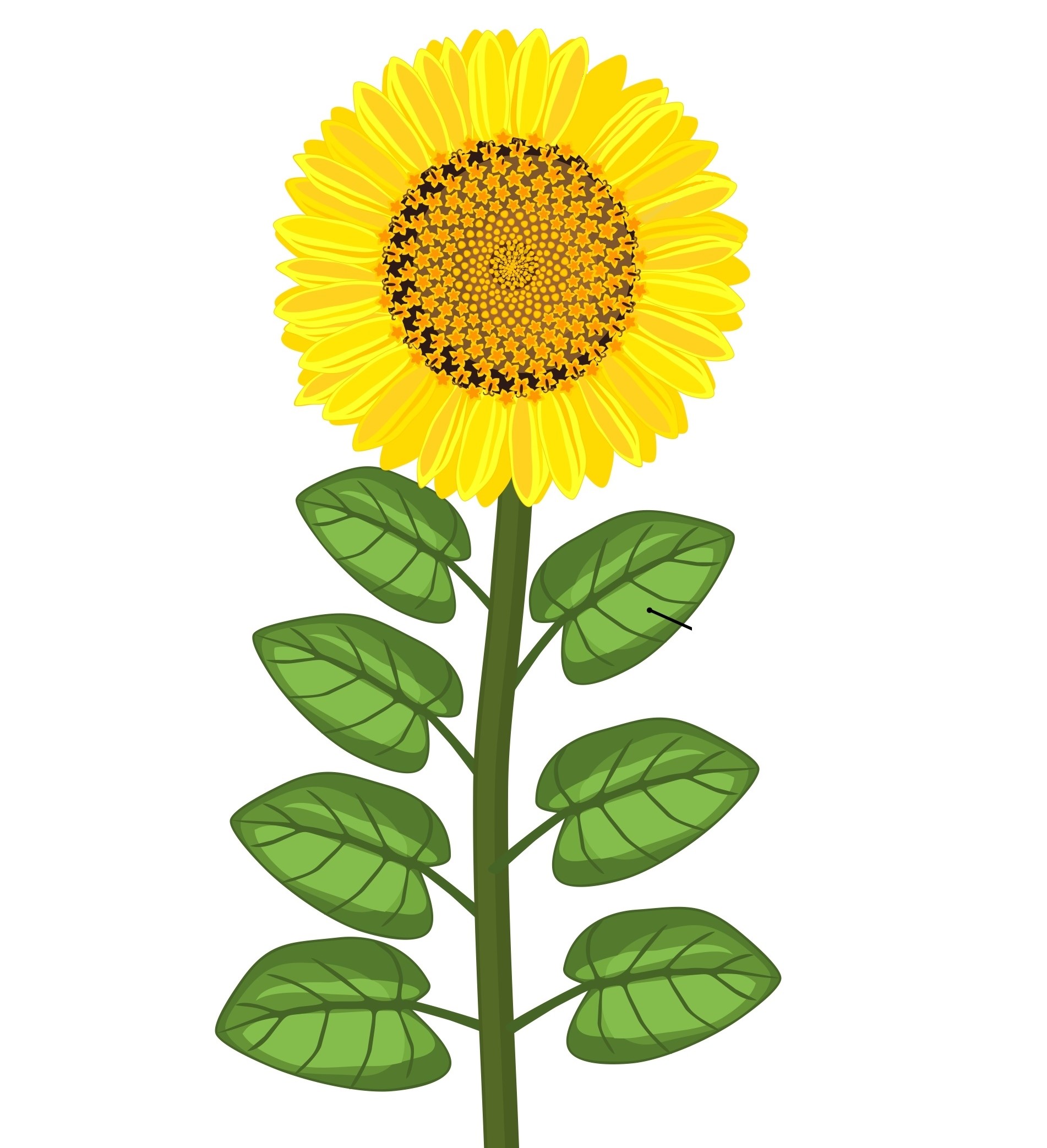
Use this Example Sunflower Garden Sign (PDF) as a guide for how your artwork may be incorporated into the final sign design, but do NOT use any of the images from the current sign in your artwork submissions. All artwork entries must be original art.
Visit AWF's website to learn more about Patterns in Nature and the Fibonacci sequence.
The following text is not required in artwork submissions, but keep in mind when creating your original art that this text will be included on the final Sunflower Garden sign design:
Category #11: Veggie Garden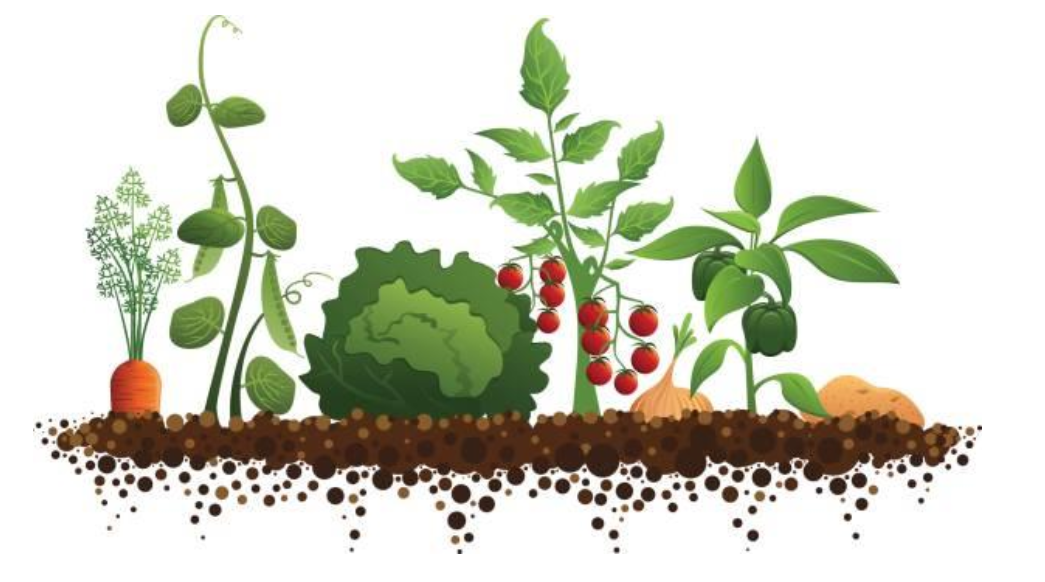
Entries in the Veggie Garden sign category must include the following:
Use this Example Veggie Garden Sign (PDF) as a guide for how your artwork may be incorporated into the final sign design, but do NOT use any of the images from the current sign in your artwork submissions. All artwork entries must be original art.
The following text is not required in artwork submissions, but keep in mind when creating your original art that this text will be included on the final Veggie Garden sign design:
Category #12: Vermiculture Worm Bin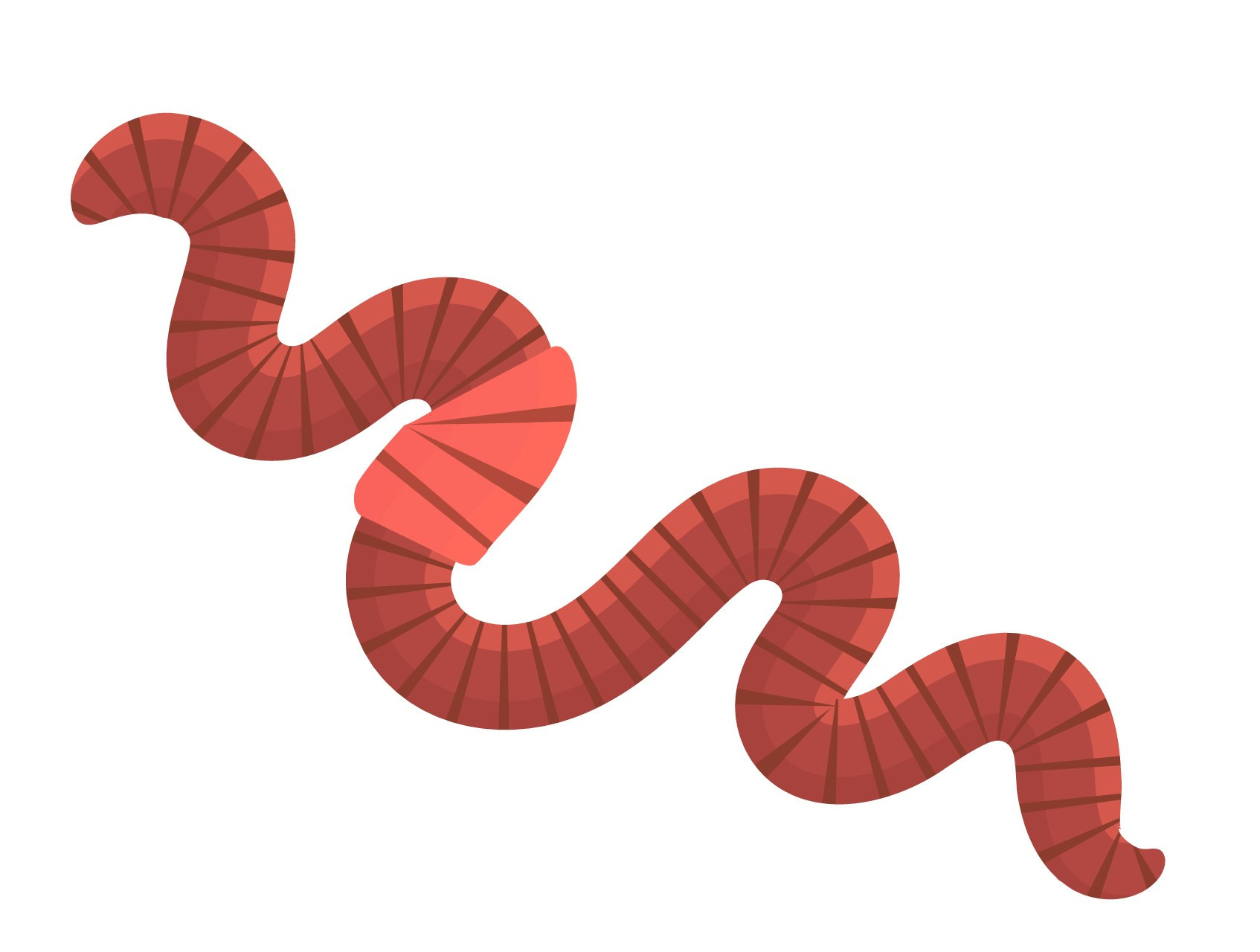
Entries in the Vermiculture Worm Bin category must include the following:
Note: One entry can include more than one digital image, IF the images are meant to be used together to meet the criteria for a specific category. For instance, if you submit an entry for the Vermiculture Worm Bin, then your entry may include one digital image of a pile of red wigglers and a separate digital image depicting some of the items that red wigglers will eat (see list below). This is not required.
The following text is not required in artwork submissions, but keep in mind when creating your original art that this text will be included on the final Vermiculture Worm Bin sign design:
Category #13: Weather Station & Cardinal Directions Sign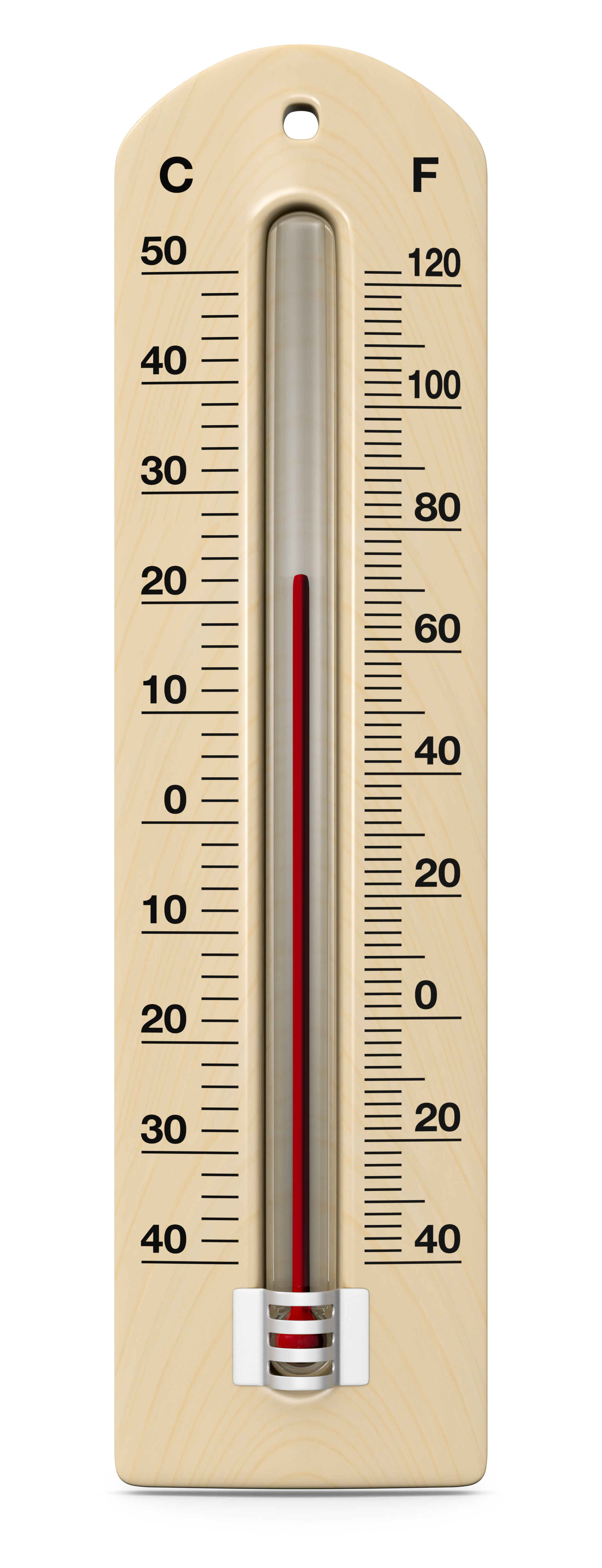
Entries in the Weather Station & Cardinal Directions sign category must include the following:
Use this Example Weather Station Sign (PDF) as a guide for how your artwork may be incorporated into the final sign design, but do NOT use any of the images from the current sign in your artwork submissions. All artwork entries must be original art.
Visit AWF's website to learn more about Alabama's weather.
The following text is not required in artwork submissions, but keep in mind when creating your original art that this text will be included on the final Weather Station & Cardinal Directions sign design:
Category #14: Woodland Wildflower Garden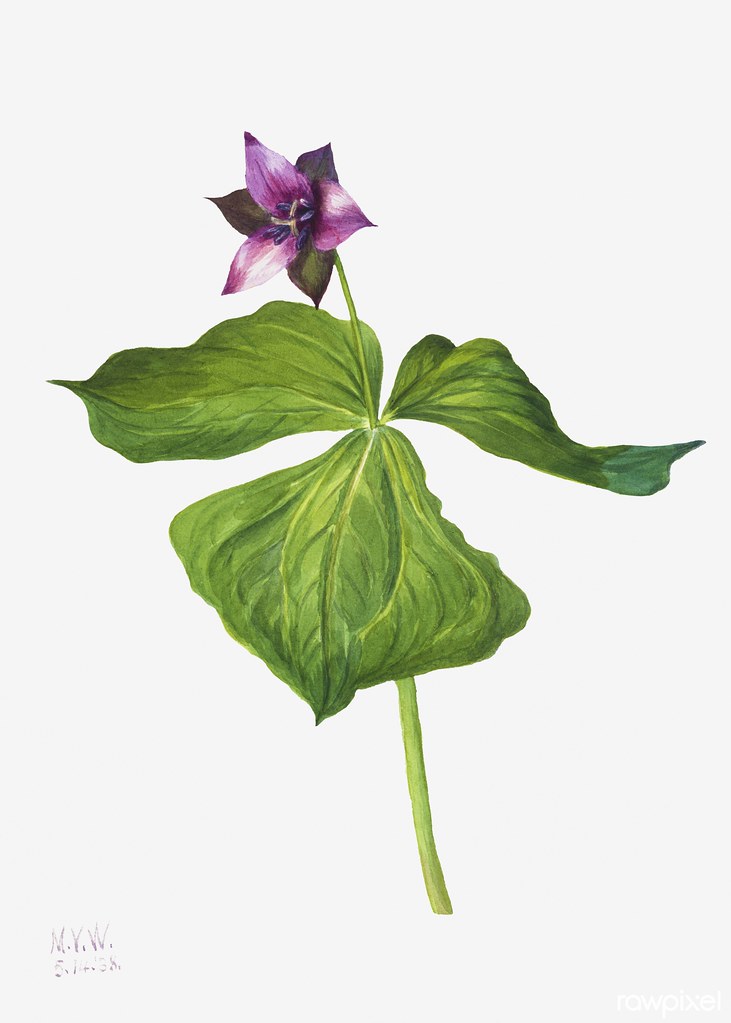
Entries in the Woodland Wildflower Garden sign category must include the following:
Use this Example Woodland Wildflower Garden Sign (PDF) as a guide for how your artwork may be incorporated into the final sign design, but do NOT use any of the images from the current sign in your artwork submissions. All artwork entries must be original art.
To learn more about examples of native woodland wildflowers in Alabama visit the AWF Ecosystem Investigation: Woodland Wildflowers.
The following text is not required in artwork submissions, but keep in mind when creating your original art that this text will be included on the final Woodland Wildflower Garden sign design:
For more information or questions, email AWF at AWF-Youth-Art-Contest@alabamawildlife.org.
.
AWF YOUTH WILDLIFE & CONSERVATION ART CONTEST WINNERS |
|
| Category #1: Bat House Willow Crosier, 7th Grade, Moulton Middle, Lawrence County (Submitted by Stanley Crosier, Guardian/Parent) Eastern Red Bat |
Category #2: Butterfly Garden Johana Loza Burgos, 12th Grade, Decatur High, Morgan County (Submitted by Kelly Elmore, Teacher) Gulf Fritillary Butterfly Life Cycle |
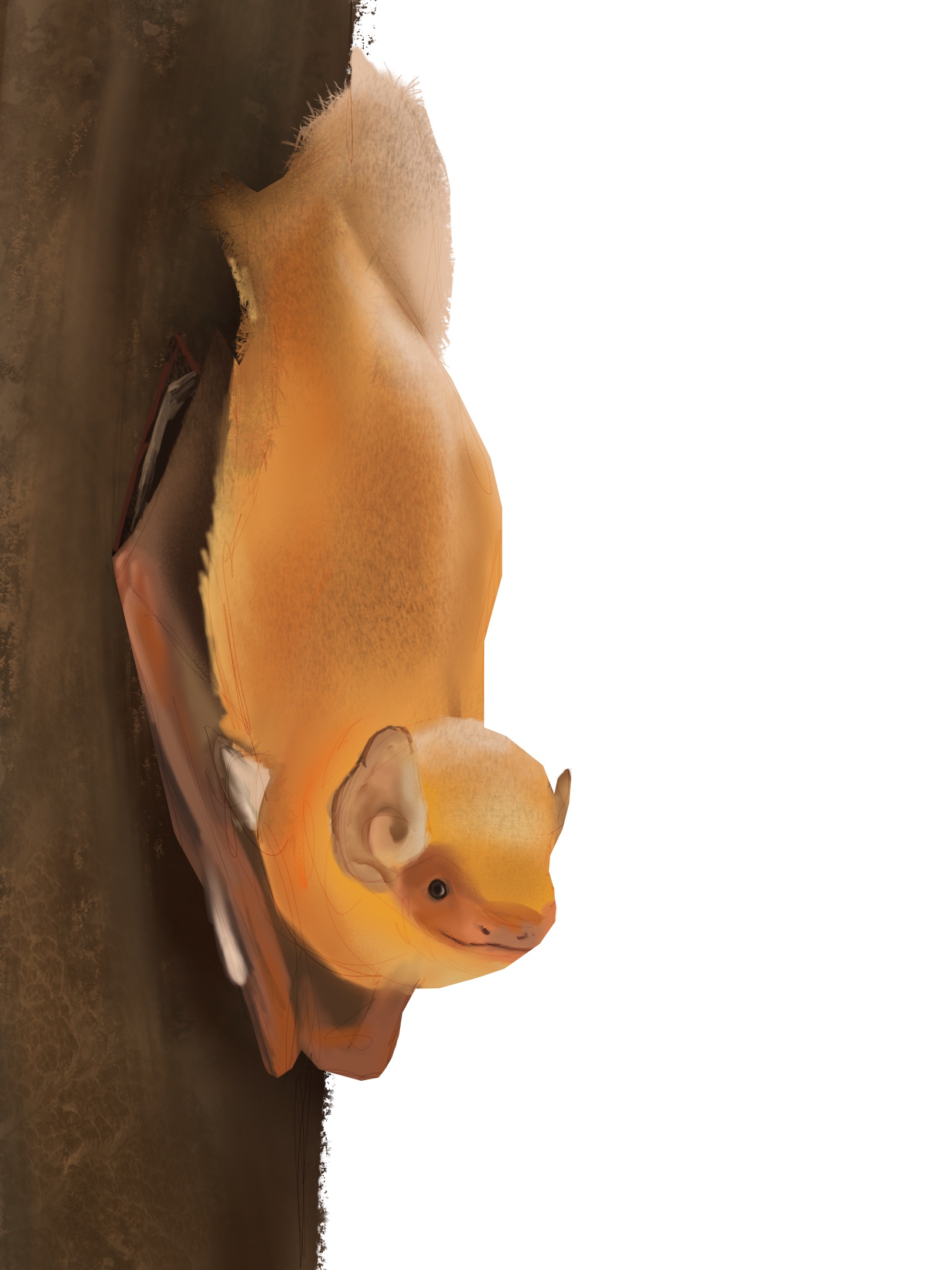 |
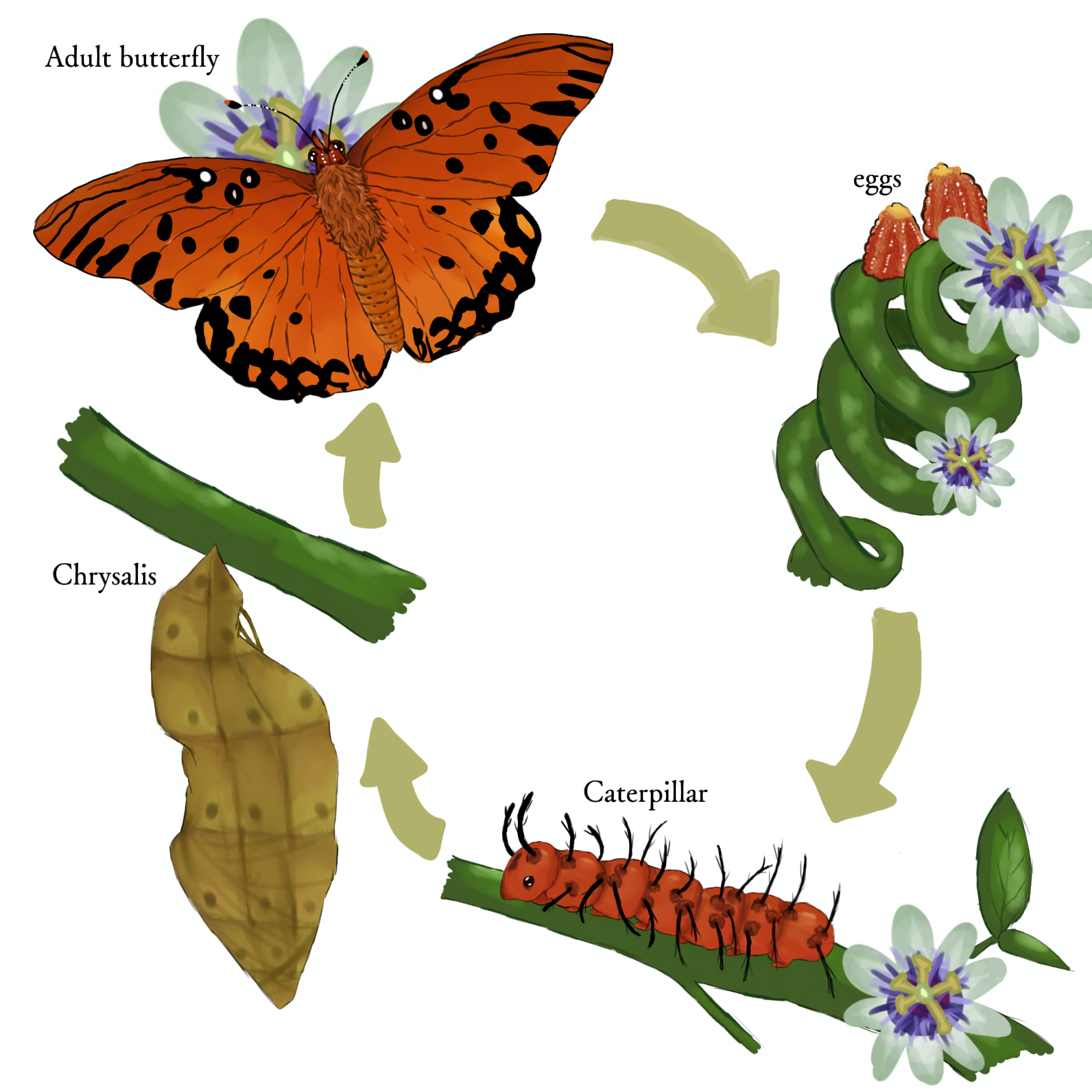 |
| Category #3: Compost Station Anna Mattes, 11th Grade, Lawrence County High, Lawrence Co. (Submitted by Jamie Pothier, Teacher) Compostable Materials & Bin |
Category #4: Dr. George Washington Carver Colin Myers, 8th Grade, Calera Middle, Shelby Co. (Submitted by Katie Justice, Teacher) Dr. George Washington Carver |
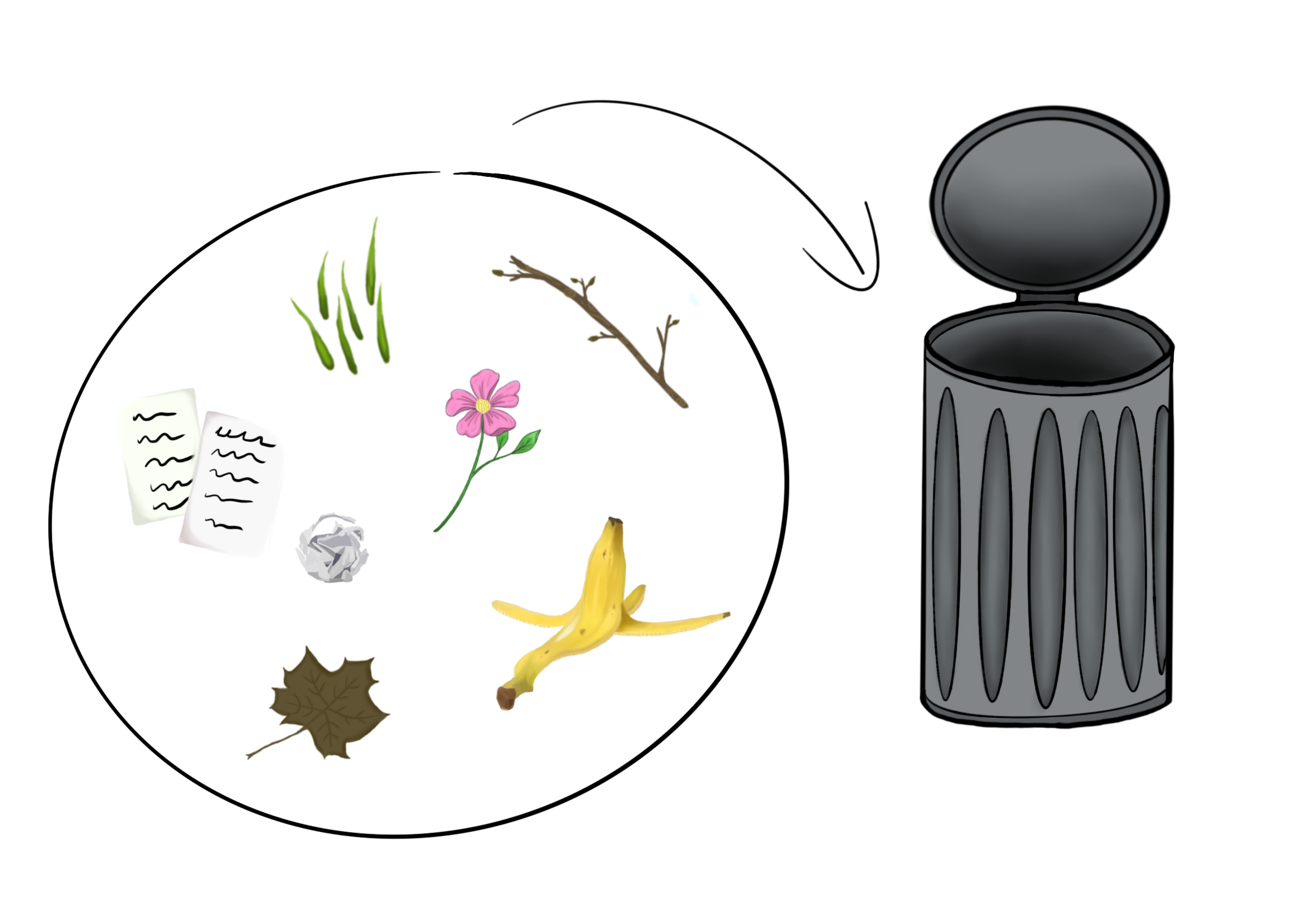 |
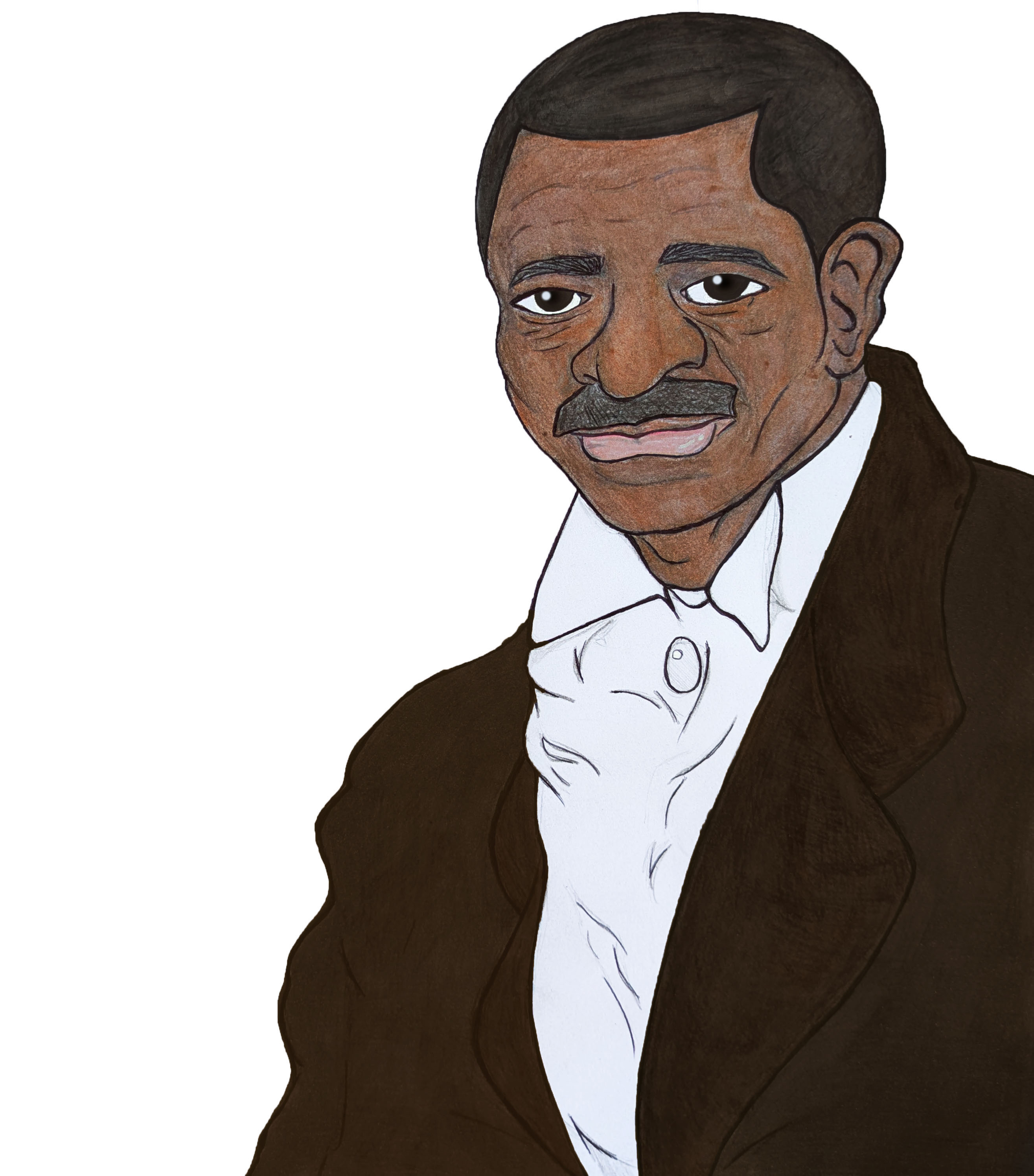 |
| Category #5: Frog & Toad Habitat Anna Mattes, 11th Grade, Lawrence County High, Lawrence Co. (Submitted by Jamie Pothier, Teacher) Green Tree Frog Life Cycle |
Category #6: Log Decomposition Magdalena Slamen, 9th Grade, Vestavia Hills High, Jefferson Co. (Submitted by Alexandra Rich, Teacher) Log with Decomposers |
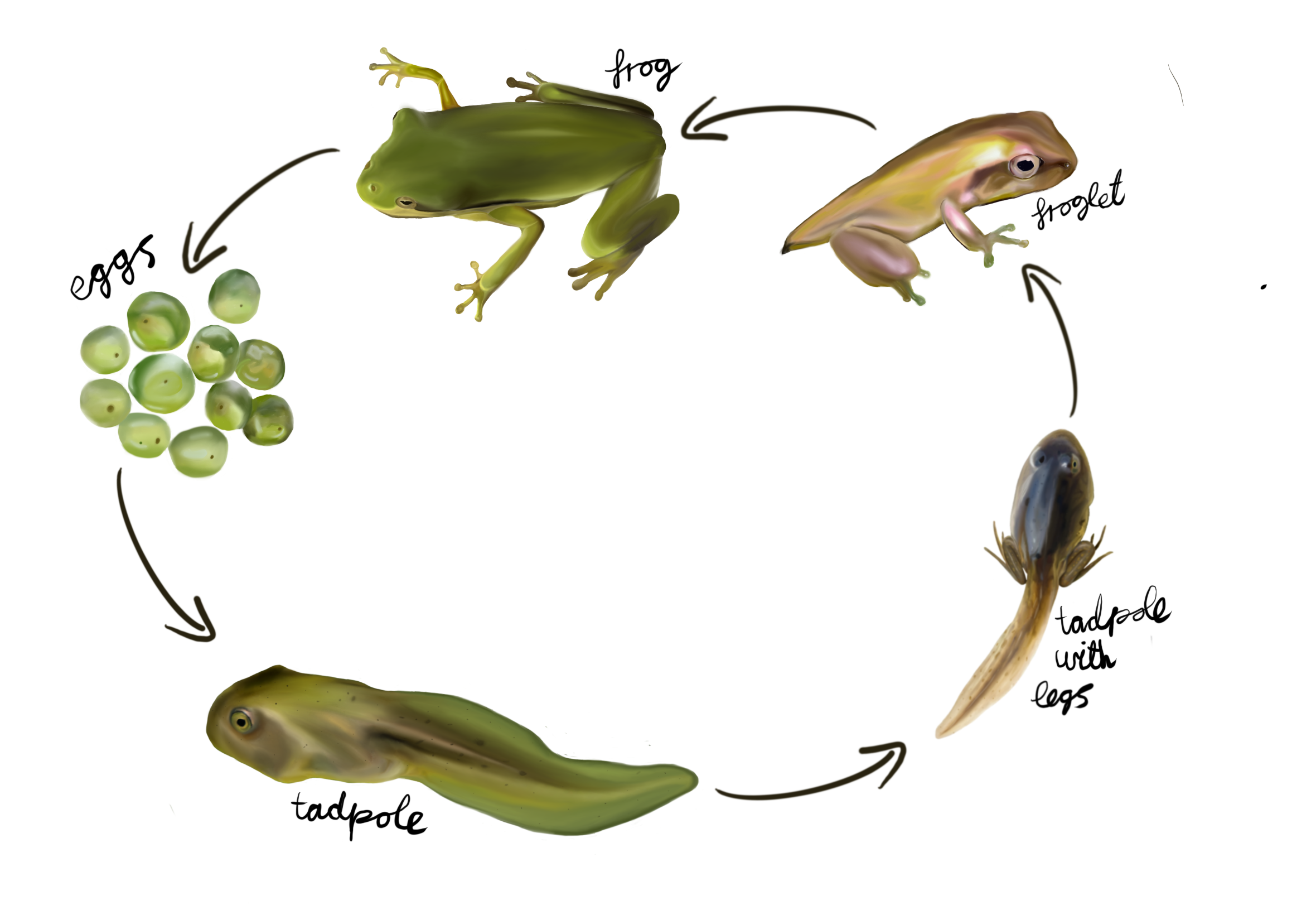 |
 |
| Category #7: Pollinator Garden Hemingway Hicks, 5th Grade, Cherokee Elementary, Marshall County (Submitted by Elizabeth Mulkey, Teacher) Pollinator Cycle |
Category #8: Sensory Garden
Nevaeh Haynes, 11th Grade, Lawrence County High, Lawrence Co. (Submitted by Jamie Pothier, Teacher) Sensory Garden & Icons
|
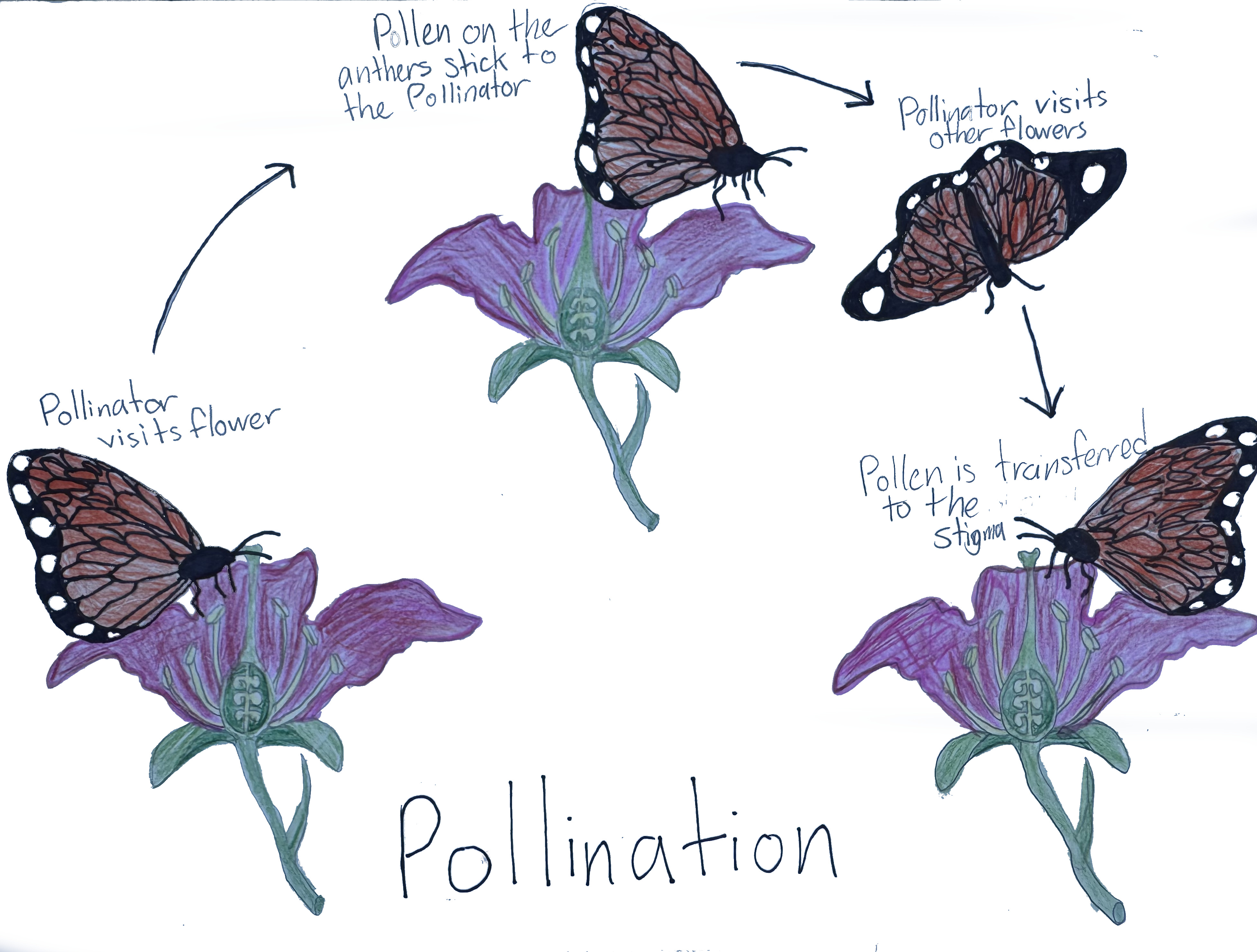 |
|
|
Category #9: Songbird Habitat
Abigail Nguyen, 11th Garde, Valley Creek Academy, Jefferson County (Submitted by April Nguyen, Guardian/Parent) Native Songbirds using Habitat Resources
|
Category #10: Sunflower Garden Kendall Kizziah, 9th Grade, Oxford High, Calhoun County (Submitted by Michal Taylor-Phillips, Teacher) Sunflower |
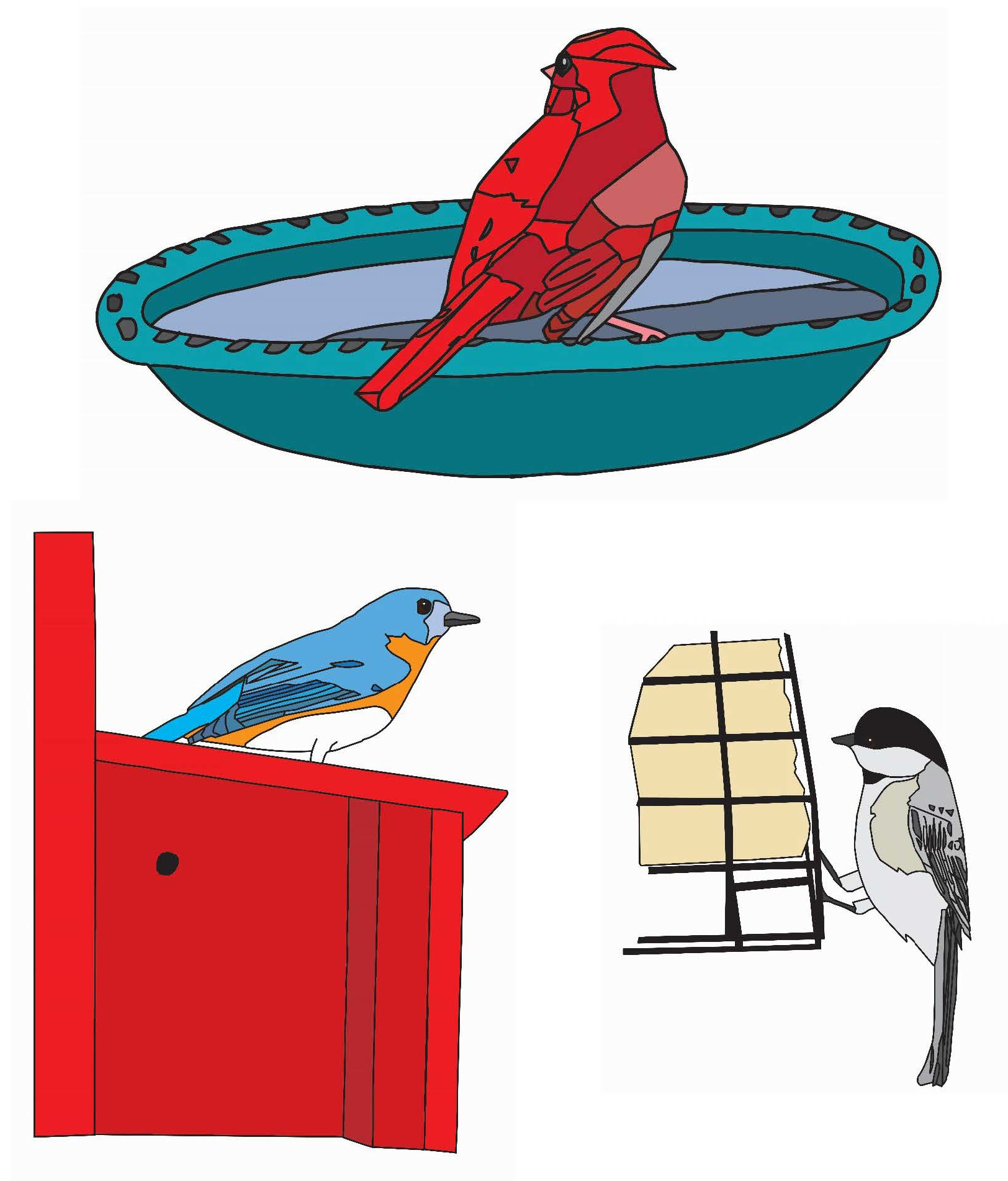 |
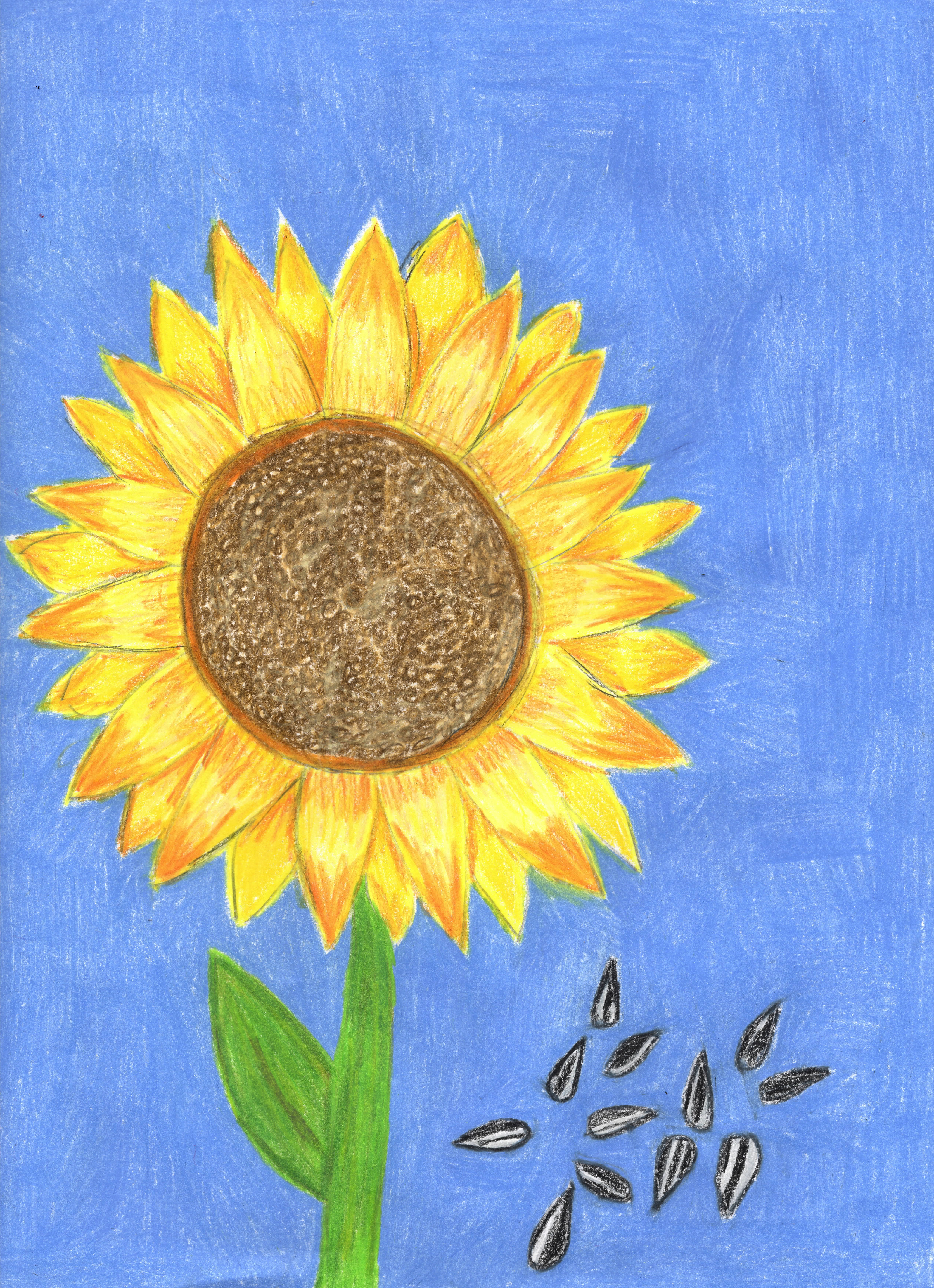 |
| Category #11: Veggie Garden Chloe Stuart, 10th Grade, Hoover High, Jefferson County (Submitted by Caleb Stuart, Guardian/Parent) Veggie Garden |
Category #12: Vermicompost Worm Bin Karley Hasting, 10th Grade, Ardmore High, Limestone County (Submitted by Starr Weems, Teacher) Vermicompost Materials & Red Wiggler Worm |
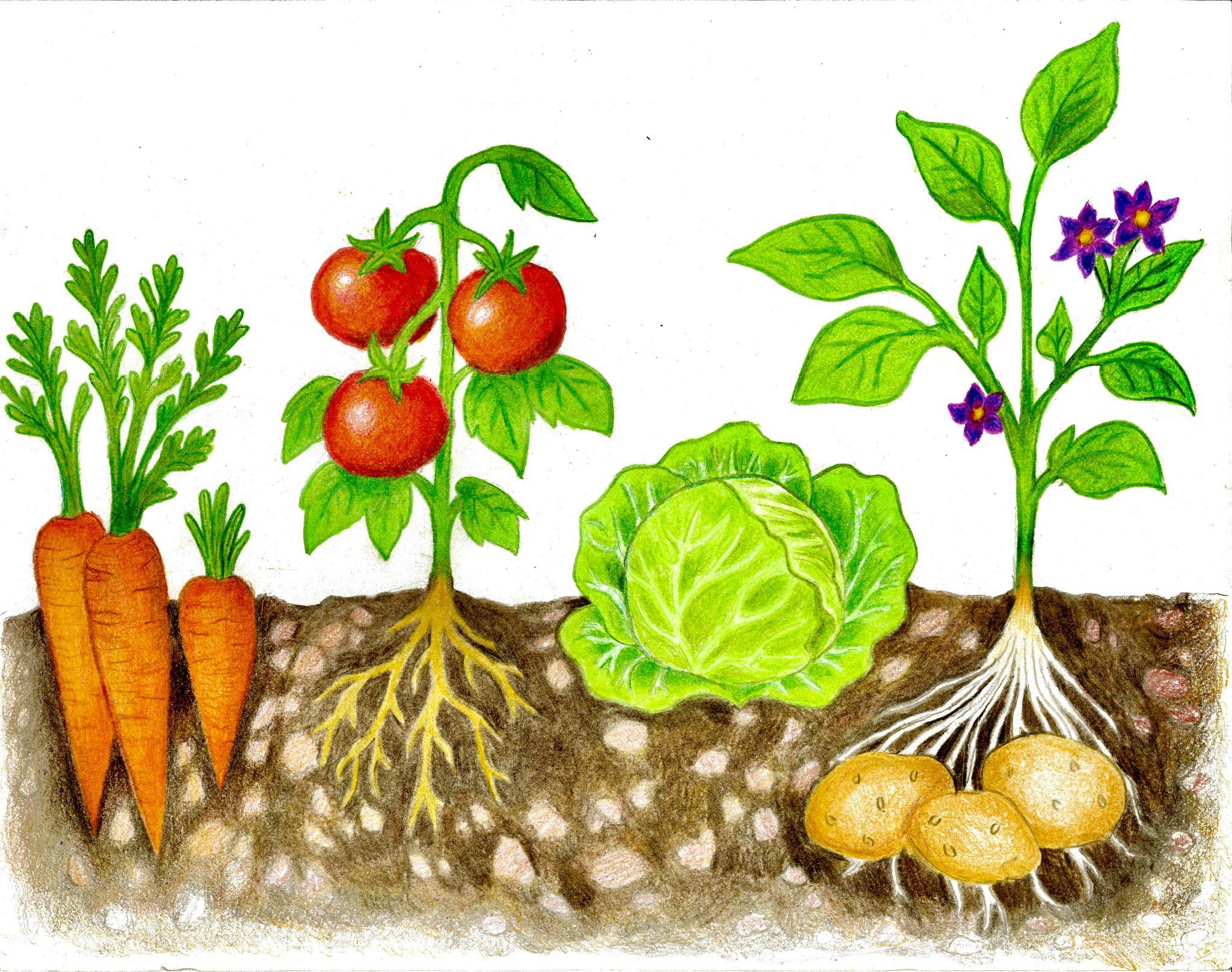 |
 |
| Category #13: Weather Station Edward Ko, 4th Grade, Pike Road Intermediate, Marion County (Submitted by Jiyeon Park, Guardian/Parent) Weather Instruments |
Category #14: Woodland Wildflowers Natalie Crosswhite, 3rd Grade, Providence Classical Cooperative, Madison County (Submitted by Andrea Crosswhite, Guardian/Parent) Native Woodland Wildflowers |
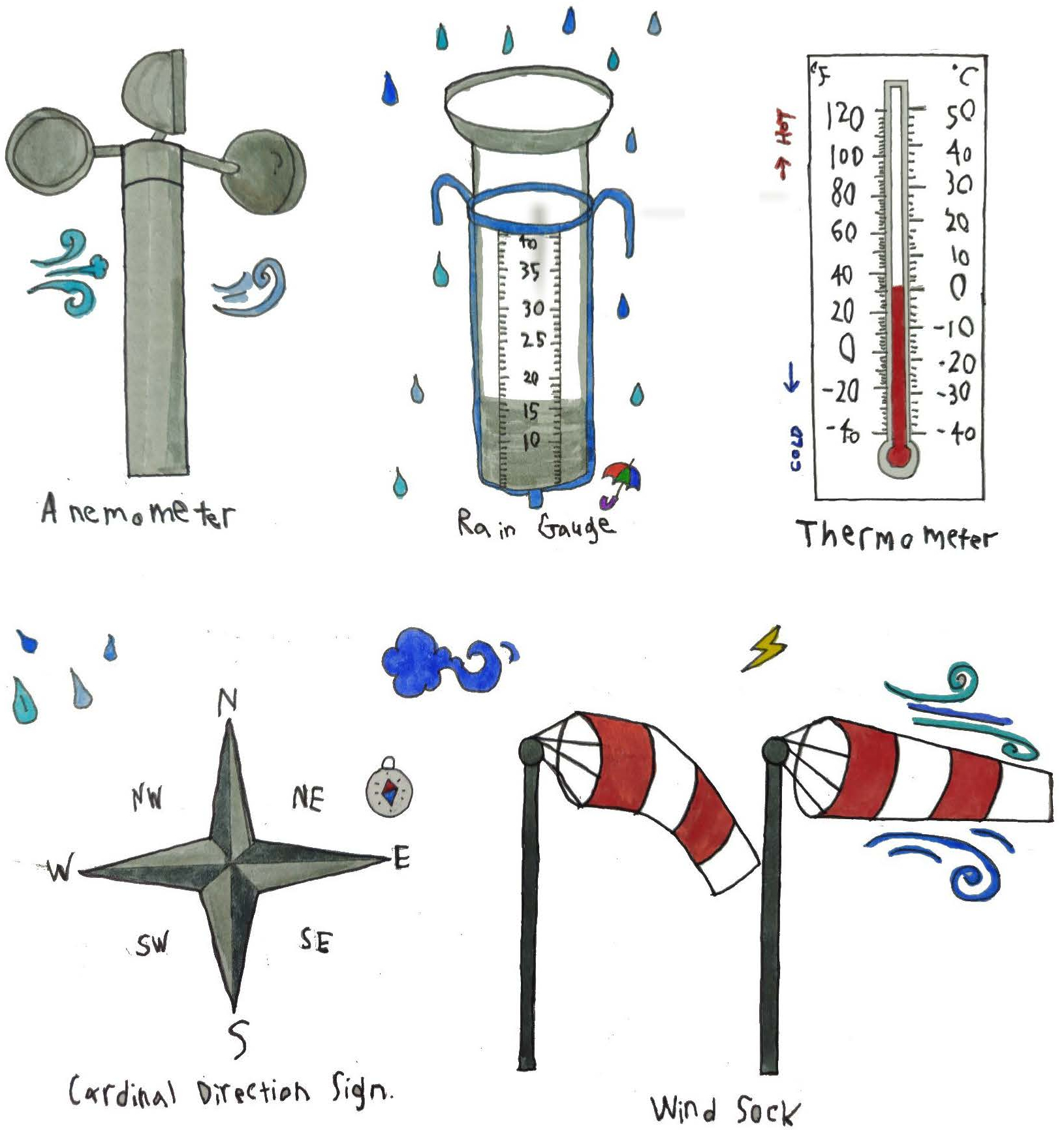 |
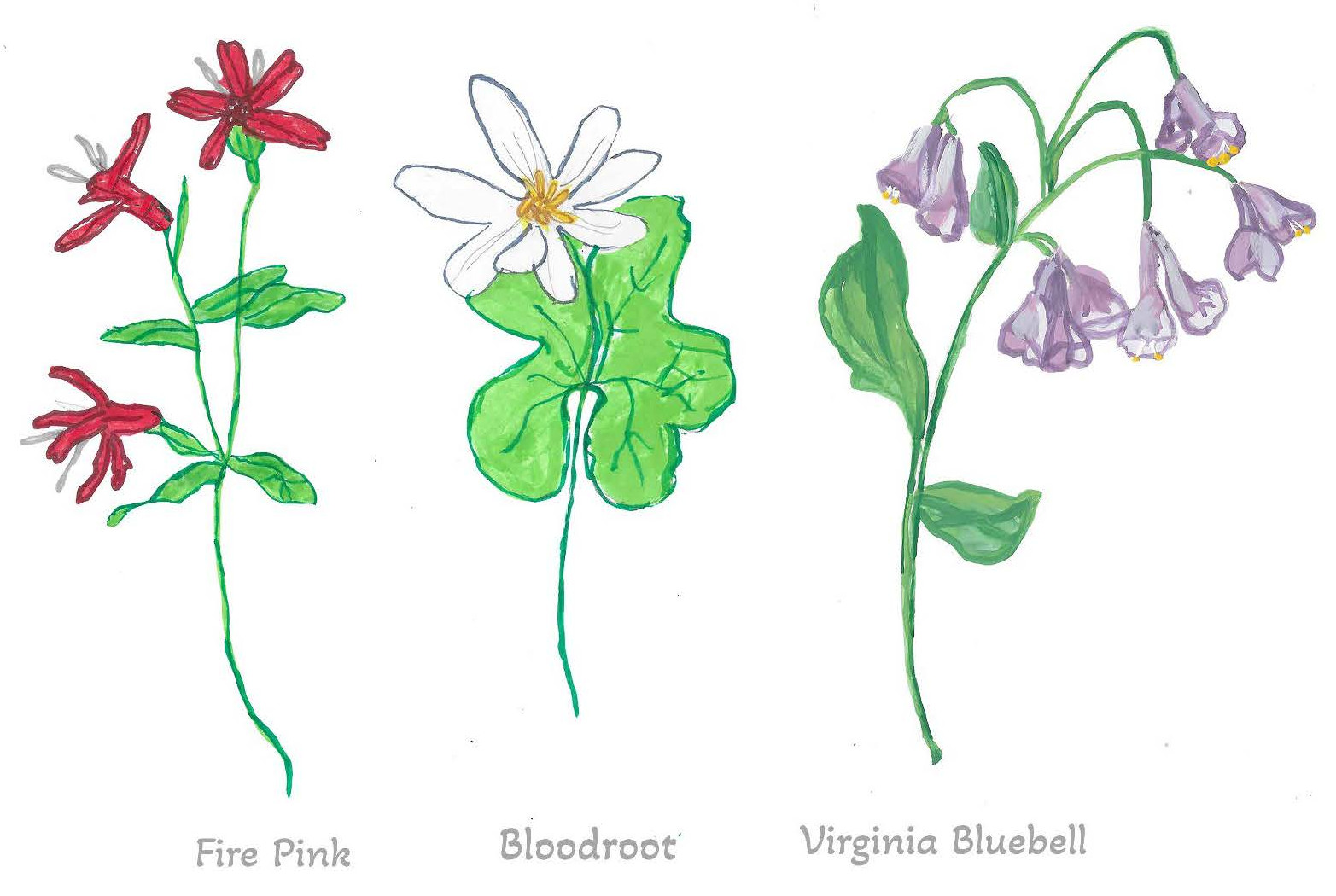 |
Also, the winning artwork may be incorporated into the design of the new educational signs. These signs will be displayed in the outdoor classrooms and schoolyard wildlife habitats at public and private K-12 schools across Alabama to help explain the educational and conservation purpose of the schools' gardens, wildlife habitat, and outdoor learning stations.
Please use the orange links below to learn all about the contest:
Educational Background Info | Contest Details | Artwork Entry Guidelines
How to Submit Artwork Digitally | Category Criteria & Guidelines
How to Submit Artwork Digitally | Category Criteria & Guidelines
| Educational Background Information | ||
|
In order to understand the importance of engaging with wildlife through art, it is important to have some background information about Alabama’s unique ecosystems and amazing biodiversity.
|
||
|
|
||
| Art Contest Details | |
|
We designed this art contest to prompt students to create artwork inspired by nature that will in turn inspire curiosity in students, educators, and others throughout Alabama and beyond as they read educational signage in their outdoor classrooms and schoolyard wildlife habitats.
|
|
You do not need an outdoor classroom or schoolyard wildlife habitat to participate, and you do not have to attend a school enrolled in the Alabama Wildlife Federation’s Outdoor Classroom Program to participate. |
|
| Artwork Entry Guidelines | |
Students and their sponsors must carefully read and follow all of the instructions below on how to create and submit their artwork, or it is possible that their piece will not be received or accepted.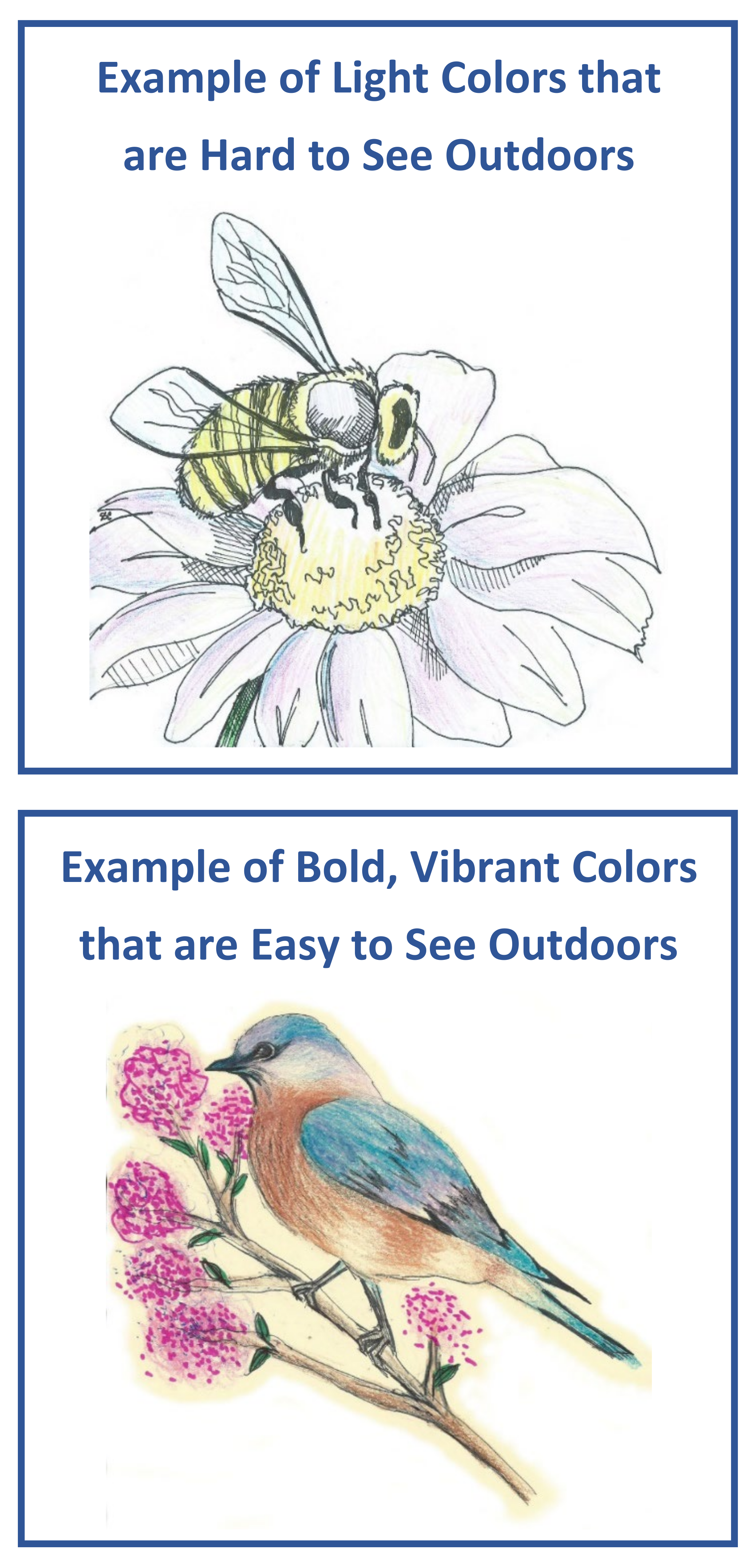
|
|
| A goal of this contest is to be creative and have fun! If you have seen something in nature outside of school or in your outdoor classroom that has made you feel joy, wonder, and curiosity, bring those feelings to your artwork and share your love of nature with other students around the state! |
|
| How to Submit Your Artwork Digitally | |
|
Once you have completed your artwork, you will need to submit it to AWF by April 4, 2025.
|
CATEGORIES
Bat House | Butterfly Garden | Compost Station
Dr. George Washington Carver Garden | Frog & Toad Habitat
Log Decomposition Station | Pollinator Garden | Sensory Garden
Songbird Habitat | Sunflower Garden | Veggie Garden
Vermiculture Worm Bin | Weather Station | Woodland Wildflower Garden
Dr. George Washington Carver Garden | Frog & Toad Habitat
Log Decomposition Station | Pollinator Garden | Sensory Garden
Songbird Habitat | Sunflower Garden | Veggie Garden
Vermiculture Worm Bin | Weather Station | Woodland Wildflower Garden
Category #1: Bat House
Entries in the Bat House sign category must include the following:
- An image of a bat house in its environment (such as attached to the side of a tree)
- An anatomically correct image of one of the three bat species listed below that are native to Alabama and might use the bat house as a home:
- Eastern Red Bat (Lasiurus borealis)
- Big Brown Bat (Eptesicus fuscus)
- Tri-colored Bat (Perimyotis subflavus)
Use this Example Bat House Sign (PDF) as a guide for how your artwork may be incorporated into the final sign design, but do NOT use any of the images from the current sign in your artwork submissions. All artwork entries must be original art.
More information on these species and other native species can be found in AWF's Student Investigation: Wonders of Wildlife and in Outdoor Alabama's Watchable Wildlife: Bats webpage.
The following text is not required in artwork submissions, but keep in mind when creating your original art that this text will be included on the final Bat House sign design:
- Title: Welcome to our Bat House
- Content: Bats are the only flying mammals in the world. Just like humans, they have hair (fur), give birth to live young, and drink milk from mom as babies. All 16 of Alabama’s bat species are insectivores, eating mosquitoes and pests that damage crops. Some can eat several thousand insects in one night! We built this bat house to provide a place where native bats can roost (sleep). Look for guano (bat poop) on the ground below the bat house. It is dry and crumbly and has shiny insect parts in it. This tells us whether or not bats have moved in! Native species that may use our bat house:
- Big Brown Bat
- Eastern Red Bat
- Tri-colored Bat
- Footer: QR Code along with Scan this QR Code to learn more about bats. Enjoy nature’s beauty! Protect it from litter and vandalism!
Category #2: Butterfly Garden

Entries in the Butterfly Garden category must include the following:
- Life cycle stages of one of these three butterfly species: monarch, gulf fritillary or painted lady butterfly
- Butterfly, egg, caterpillar, host plant, and chrysallis images must be anatomically correct for the specific butterfly species
- Each life cycle stage must be identified and labeled in the image
Use this Example Butterfly Garden Sign (PDF) as a guide for how your artwork may be incorporated into the final sign design, but do NOT use any of the images from the current sign in your artwork submissions. All artwork entries must be original art.
More information on these three specific butterfly species can be found on AWF's Wonders of Wildlife webpage.
The following text is not required in artwork submissions, but keep in mind when creating your original art that this text will be included on the final Butterfly Garden sign design:
- Title: Welcome to the Butterfly Garden
- Content: To provide habitat (a home) for butterflies, we planted flowering plants that provide nectar for butterflies and “host plants” that provide food for their larvae (or caterpillars). Butterflies are important! They pollinate plants!
- Footer: QR Code along with Scan this QR Code to learn more about butterflies. Enjoy nature’s beauty! Protect it from litter and vandalism!
Category #3: Compost Station

Entries in the Compost Station sign category must include the following:
- An image of a compost pile or compost bin with appropriate compostable materials in it
- Optional: Entries may also include images of what is acceptable to put in a compost bin.
- Optional: Include a student putting one of the acceptable items (see list below) into the compost bin.
Use this Example Compost Station Sign (PDF) as a guide for how your artwork may be incorporated into the final sign design, but do NOT use any of the images from the current sign in your artwork submissions. All artwork entries must be original art.
The following text is not required in artwork submissions, but keep in mind when creating your original art that this text will be included on the final Compost Station sign design:
- Title: Welcome to our Compost Station
- Content: Decomposition is the process of turning dead material into nutrients that plants use as food. It’s nature’s way of recycling! In our compost bin, bacteria (decomposers) use oxygen and heat to breakdown organic materials. Finished compost is dark, spongy, and full of nutrients. We spread our compost into our gardens to fertilize the plants, help break-up the soil so that it can retain water, and help the plants grow faster and bigger!
What you can add to the bin: Grass clippings, Dead flowers, Vegetable & fruit waste, Cardboard, Paper, Sticks, Leaves
Do NOT add to the bin: Diseased plants, Perennial weeds, Weeds with seed heads, Plastic, Meat, Oil, Fat - Footer: QR Code along with Scan this QR Code to learn more about decomposition. Enjoy nature’s beauty! Protect it from litter and vandalism!
Category #4: Dr. George Washington Carver Garden
Entries in the Dr. George Washington Carver Garden category must include the following:
- Depict Dr. George Washington Carver AND/OR elements of his life's work such as:
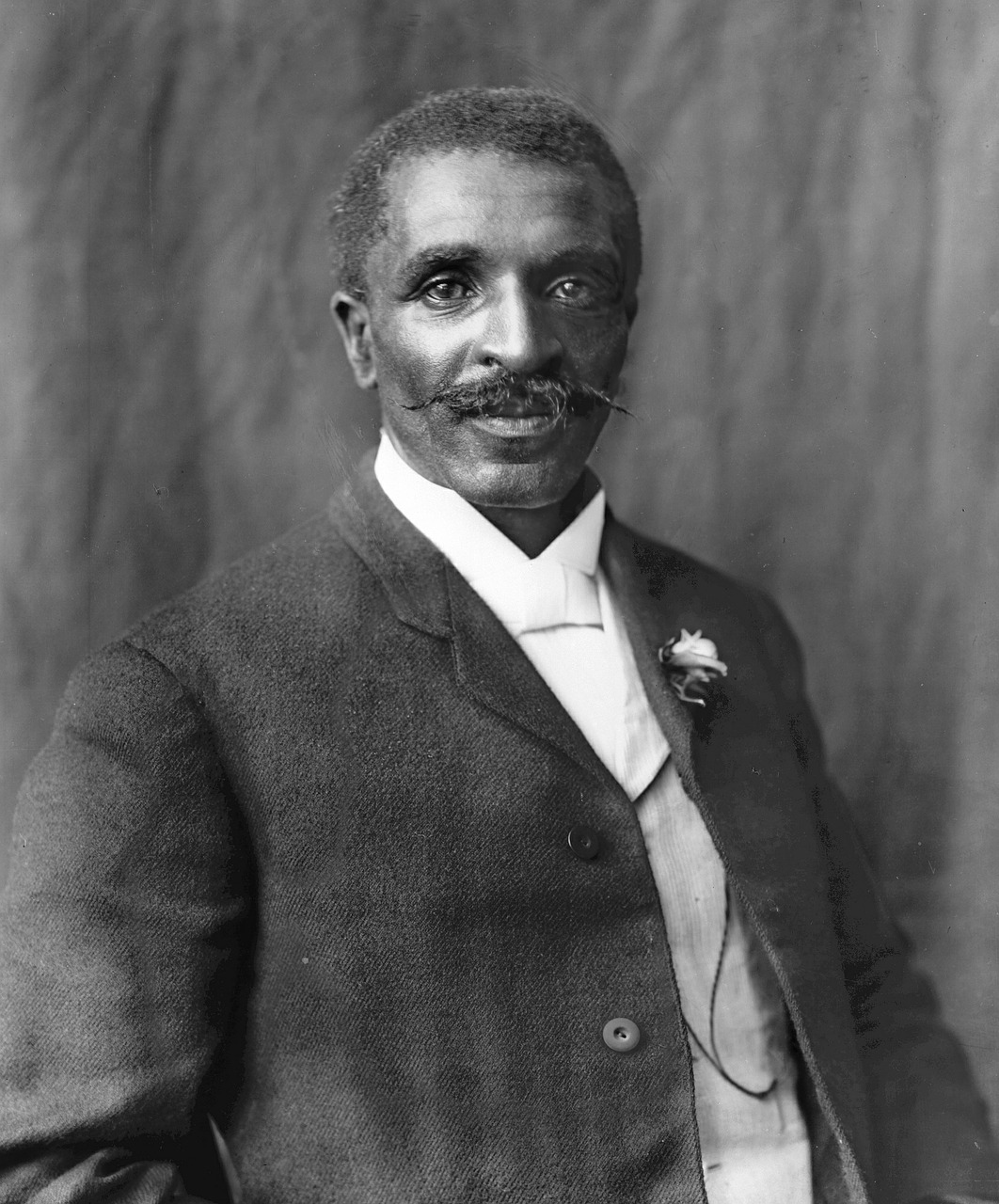
- Dr. Carver's discoveries and contributions to science (optional)
- Portrait of Dr. Carver or scene of him teaching students or farmers, or conducting research (optional)
- Plants that Dr. Carver utilized in his work including peanuts and sweet potatoes (optional)
Use this Example Dr. George Washington Carver Garden Sign (PDF) as a guide for how your artwork may be incorporated into the final sign design, but do NOT use any of the images from the current sign in your artwork submissions. All artwork entries must be original art.
The following text is not required in artwork submissions, but keep in mind when creating your original art that this text will be included on the final Dr. George Washington Carver Garden sign design:
- Title: Welcome to our Dr. George Washington Carver Garden
- Content: Dr. George Washington Carver was born a slave in 1864 on the farm of Moses and Susan Carver a year before slavery was abolished. Susan taught him how to read and write and introduced him to gardening. His interest in botany (the study of plants) lead him to become a professor at Tuskegee Institute in Alabama, where he became a famous agronomist (an expert in soil management and crop production). He spent much of his life teaching farmers how to grow peanuts and sweet potatoes and inventing hundreds of uses for them.
- Footer: QR Code along with Scan this QR Code to learn more about Dr. Carver. Enjoy nature’s beauty! Protect it from litter and vandalism!
Category #5: Frog & Toad Habitat

Entries in the Frog & Toad Habitat category must include the following:
- The life cycle stages of one of the following native frogs or toad: American bullfrog, green tree frog, OR Fowler's toad
- The adult, froglet, tadpole with hind legs, tadpole with no legs and the eggs must be anatomically correct for that specific frog or toad species.
- Each life cycle stage must be identified and labeled in the image
- Optional: Elements of the native habitats and ecosystems that frogs and toads live in or interact with.
Use this Example Frog & Toad Habitat Sign (PDF) as a guide for how your artwork may be incorporated into the final sign design, but do NOT use any of the images from the current sign in your artwork submissions. All artwork entries must be original art.
The following text is not required in artwork submissions, but keep in mind when creating your original art that this text will be included on the final Frog & Toad Habitat sign design:
- Title: Welcome to our Frog & Toad Habitat
- Content: This small pond and bog provide food, water, and shelter for frogs and toads as well as their tadpoles. Tadpoles eat the plants and algae in the pond. Frogs and toads eat the insects that are attracted to the pond and its vegetation. Look for frogs and toads hiding in the plants in and around the pond or burrowed in the bog’s moist soil!
- Footer: QR Code along with Scan this QR Code to learn more about frogs and toads. Enjoy nature’s beauty! Protect it from litter and vandalism!
Category #6: Log Decomposition Station

Entries in the Log Decomposition Station category must include the following:
- An image of a decomposing log and leaves
- Depict the diverse communities of wildlife that make their home in decomposing logs
- Examples of decomposers such as snails, beetles, worms, centipedes, millipedes, pill bugs, mushrooms, and/or lichen
Use this Example Log Decomposition Sign (PDF) as a guide for how your artwork may be incorporated into the final sign design, but do NOT use any of the images from the current sign in your artwork submissions. All artwork entries must be original art.
The following text is not required in artwork submissions, but keep in mind when creating your original art that this text will be included on the final Log Decomposition Station sign design:
- Title: Welcome to our Log Decomposition Station
- Content: Decomposition is nature’s way of recycling. It is the process of turning dead material (like fallen logs and leaves) into nutrients that plants can use as food. Decomposition is nature’s way of recycling. It is the process of turning dead material (like fallen logs and leaves) into nutrients that plants can use as food. Decomposers like fungus (mold & mushrooms) and invertebrates (beetles, snails & millipedes) eat and break down the log, turning it back into soil.
- Footer: QR Code along with Scan this QR Code to learn more about decomposition. Enjoy nature’s beauty! Protect it from litter and vandalism
Category #7: Pollinator Garden
Entries in the pollinator garden category must include the following:

- Depict the process of pollination including the four stages of pollination:
- Pollinator visits flower
- Pollen on the anthers stick to the pollinator
- Pollinator visits other flowers
- Pollen is transferred to the stigma
- Each stage of the pollination process must be identified and labeled in the image.
- Depict the flower with its petals, stamens, sepals, stigma, style, pollen tube, and receptacle with its ovary and ovules, but do not label the parts of the flower
Use this Example Pollinator Garden Sign (PDF) as a guide for how your artwork may be incorporated into the final sign design, but do NOT use any of the images from the current sign in your artwork submissions. All artwork entries must be original art.
For more information about Alabama's pollinators, their habitat, and the pollination process, visit our Ecosystem Investigation: Pollinators and Their Habitat webpage.
The following text is not required in artwork submissions, but keep in mind when creating your original art that this text will be included on the final Pollinator Garden sign design:
- Title: Welcome to the Pollinator Garden
- Content: Our pollinator garden includes flowers that attract pollinators like ants, bees, beetles, butterflies, moths, and wasps by providing nectar for them. We rely on pollinators and the plants they pollinate for our clothes, drinks, food, and medicines.
- Footer: QR Code along with Scan this QR Code to learn more about pollinators. Enjoy nature’s beauty! Protect it from litter and vandalism!
Category #8: Sensory Garden

Entries in the sensory garden category must include the following:
- An image with all five senses represented as five distinct icons
- Natural elements such as native plants and/or wildlife that give this garden its unique connection to all five senses
- Sensory elements integrated into the image
- Optional: Text can be integrated into the artwork but it is not required
Use this Example Sensory Garden sign (PDF) as a guide for how your artwork may be incorporated into the final sign design, but do NOT use any of the images from the current sign in your artwork submissions. All artwork entries must be original art. Try to be creative with how you represent the senses.
The following text is not required in artwork submissions, but keep in mind when creating your original art that this text will be included on the final Sensory Garden sign design:
- Title: Welcome to our Sensory Garden
- Content: Use all of your senses as you explore our sensory garden and outdoor classroom!
- Footer: QR Code along with Scan this QR Code to learn more about your senses. Enjoy nature’s beauty! Protect it from litter and vandalism!
Category #9: Songbird Habitat
Entries in the Songbird Habitat sign category must include the following:

- An image of one or more native songbirds eating
- An image of one or more native songbirds drinking water or sitting on/in a bird bath
- An image of one or more native songbirds sitting in a nest or using a nesting box
Use this Example Songbird Habitat Sign (PDF) as a guide for how your artwork may be incorporated into the final sign design, but do NOT use any of the images from the current sign in your artwork submissions. All artwork entries must be original art.
To learn more about native songbirds and their habitat needs, visit AWF's Ecosystem Investigation: Songbirds and Their Habitat webpage or visit Audobon's Guide to North American Birds (for the Southeast states).
The following text is not required in artwork submissions, but keep in mind when creating your original art that this text will be included on the final Songbird Habitat sign design:
- Title: Welcome to our Songbird Habitat
- Content: We provide habitat (a home) for songbirds. Plants, bushes and trees provide sources of food and shelter. Bird feeders provide black oil sunflower seeds and suet. Trees and nesting boxes provide places for building nests and raising their young. Our pond and bird bath provide a source of water for drinking and bathing.
- Footer: QR Code along with Scan this QR Code to learn more about songbirds. Enjoy nature’s beauty! Protect it from litter and vandalism!
Category #10: Sunflower Garden
Entries in the Sunflower Garden sign category must include the following:

- An image that depicts a sunflower with all of its tiny flowers.
- Optional: An image of a sunflower, pinecone or other common thing in nature that demonstrates the Fibonacci sequence and patterns
- Optional: An image that depicts a sunflower with all of its seeds
Use this Example Sunflower Garden Sign (PDF) as a guide for how your artwork may be incorporated into the final sign design, but do NOT use any of the images from the current sign in your artwork submissions. All artwork entries must be original art.
Visit AWF's website to learn more about Patterns in Nature and the Fibonacci sequence.
The following text is not required in artwork submissions, but keep in mind when creating your original art that this text will be included on the final Sunflower Garden sign design:
- Title: Welcome to our Sunflower Garden
- Content: We grow sunflowers that produce seeds for our local birds to eat. The sunflower is also a wonderful example of Fibonacci numbers in nature… 0, 1, 1, 2, 3, 5, 8, 13, 21, 34, 55, 89, etc… where the two previous numbers added together create the next number in the sequence. As you look more closely at the patterns the seeds and flower petals make, you’ll notice that they create symmetrical spirals. If you count the number of spirals going clockwise and the number of spirals going counter-clockwise then you will find that both are Fibonacci numbers.
- Footer: QR Code along with Scan this QR Code to learn more about Fibonacci! Enjoy nature’s beauty! Protect it from litter and vandalism!
Category #11: Veggie Garden

Entries in the Veggie Garden sign category must include the following:
- A vegetable garden with at least FOUR different types of vegetables
- Optional: Incorparate images of how the vegetables are grown, harvested, used, prepared, or eaten.
Use this Example Veggie Garden Sign (PDF) as a guide for how your artwork may be incorporated into the final sign design, but do NOT use any of the images from the current sign in your artwork submissions. All artwork entries must be original art.
The following text is not required in artwork submissions, but keep in mind when creating your original art that this text will be included on the final Veggie Garden sign design:
- Title: Welcome to our Veggie Garden
- Content: We like to grow vegetables that we can eat and that will make us healthy. Some of the vegetables grow aboveground on a stem or vine (like a tomato), but others grow underground (like a potato).
- Footer: QR Code along with Scan this QR Code to learn more about veggis gardens. Enjoy nature’s beauty! Protect it from litter and vandalism!
Category #12: Vermiculture Worm Bin

Entries in the Vermiculture Worm Bin category must include the following:
- An image of a red wiggler earthworm(s)
- Optional: Depict the role of worms in decomposition and how their castings help fertilize plants
- Optional: Include illustrations of what types of items you can put in a vermiculture worm bin
Note: One entry can include more than one digital image, IF the images are meant to be used together to meet the criteria for a specific category. For instance, if you submit an entry for the Vermiculture Worm Bin, then your entry may include one digital image of a pile of red wigglers and a separate digital image depicting some of the items that red wigglers will eat (see list below). This is not required.
The following text is not required in artwork submissions, but keep in mind when creating your original art that this text will be included on the final Vermiculture Worm Bin sign design:
- Title: Welcome to our Vermiculture Worm Bin
- Content: We are growing red wiggler earthworms to: compost our waste materials and turn them into something useful – worm castings (A.K.A. worm poop!) that plants use as food, put worms and their castings in our gardens so they can help fertilize the plants, help break-up the soil so that it can retain water, and help plants grow faster & bigger!
- What you can add to the worm bin: ✓ Greens like cabbage, kale, and lettuce ✓ Coffee grounds ✓ Crushed egg shells ✓ Fruit skin/covering ✓ Grass clippings ✓ Paper ✓ Sawdust ✓ Wood ✓ Leaves
- Do Not Add Cheese, Fat, Fruit Pulp, Magazines, Meat, Milk
- Footer: QR Code along with Scan this QR Code to learn more about decomposition. Enjoy nature’s beauty! Protect it from litter and vandalism!
Category #13: Weather Station & Cardinal Directions Sign

Entries in the Weather Station & Cardinal Directions sign category must include the following:
- An image of AT LEAST TWO different types of weather instruments (thermometer, anemometer, barometer, etc.)
- Optional: An image of a weather event (sunshine, rain, tornado, etc.)
- Optional: Incorporate a cardinal directions compass rose
Use this Example Weather Station Sign (PDF) as a guide for how your artwork may be incorporated into the final sign design, but do NOT use any of the images from the current sign in your artwork submissions. All artwork entries must be original art.
Visit AWF's website to learn more about Alabama's weather.
The following text is not required in artwork submissions, but keep in mind when creating your original art that this text will be included on the final Weather Station & Cardinal Directions sign design:
- Title: Welcome to our Weather Station
- Content: We can study our local weather patterns, examine seasonal weather conditions, and observe how the weather impacts our environment when we collect and analyze weather data (information). Use weather instruments to collect data:
Anemometer – Measures the wind speed
Barometer–Measures the air pressure
Hygrometer-Measures the moisture
Thermometer – Measures the temperature
Use the Cardinal Directions Sign to determine which direction is north, south, east and west, and where our school is located in our community! - Footer: QR Code along with Scan this QR Code to learn more about weather. Enjoy nature’s beauty! Protect it from litter and vandalism!
Category #14: Woodland Wildflower Garden
Entries in the Woodland Wildflower Garden sign category must include the following:
- One or more image(s) depicting three to five DIFFERENT native Alabama woodland wildflower species
- Include the leaves, stem and flower in the image
- Identify the common name of the wildflower species included in your artwork
Use this Example Woodland Wildflower Garden Sign (PDF) as a guide for how your artwork may be incorporated into the final sign design, but do NOT use any of the images from the current sign in your artwork submissions. All artwork entries must be original art.
To learn more about examples of native woodland wildflowers in Alabama visit the AWF Ecosystem Investigation: Woodland Wildflowers.
The following text is not required in artwork submissions, but keep in mind when creating your original art that this text will be included on the final Woodland Wildflower Garden sign design:
- Title: Welcome to our Woodland Wildflower Garden
- Content: Most flowers thrive in sunny areas, but our native woodland wildflowers need the shade of a forest. The woodland provides nutrient-rich soils from the decay of last falls’ leaves, and the tree canopy helps keep the soil moist for these unique and rare wildflowers. Keep a look out for these beautiful flowers in the spring before they disappear again until the following year.
- Footer: QR Code along with Scan this QR Code to learn more about our wildflowers. Enjoy nature’s beauty! Protect it from litter and vandalism!
For more information or questions, email AWF at AWF-Youth-Art-Contest@alabamawildlife.org.
.
 Wildlife Tag
Wildlife Tag